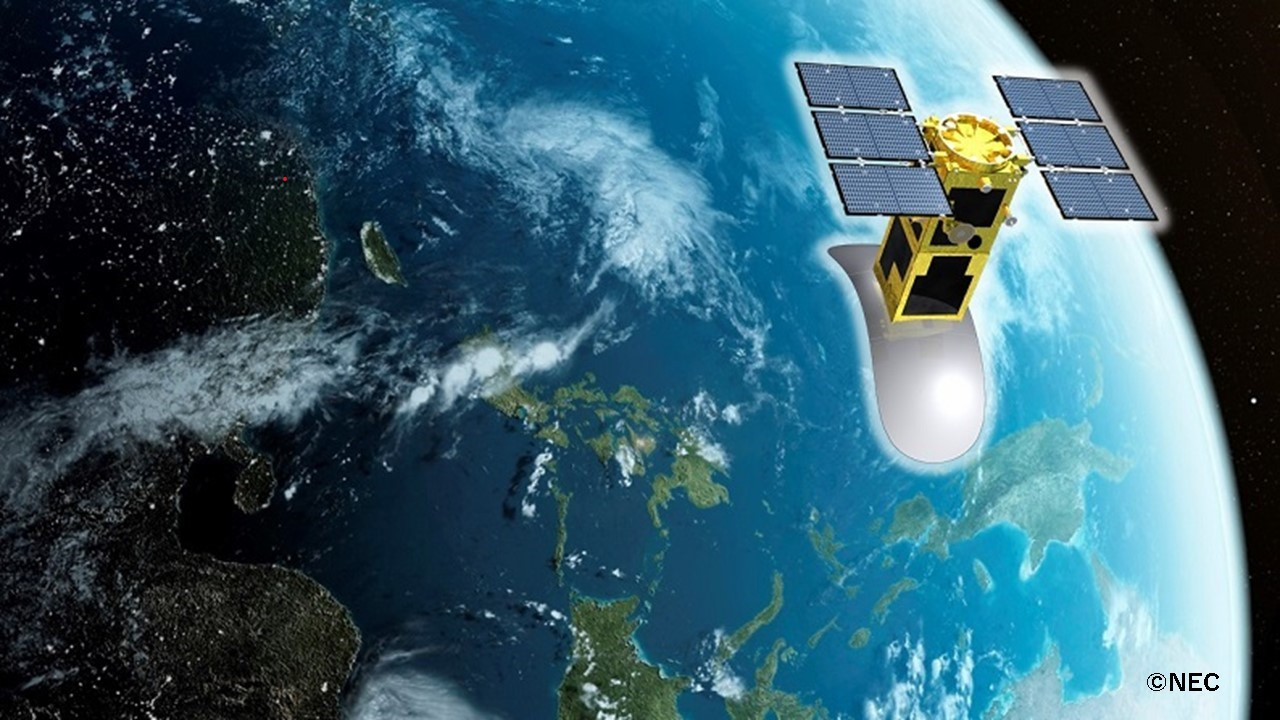This work began in May 2024 and is currently in the system integration and testing phase. It is expected that the system will be tested and handed over to Vietnam by September 2024.
Additional smaller components, such as the knowledge dissemination center, including a space technology museum and a telescope, are expected to be completed by December 2024 and gradually put into use. Infrastructure for research, development, assembly, integration, testing, and operation of small satellites under 180kg is expected to be completed by December 2025.
“This is the foundation for the Vietnam Space Center to implement a project to enhance Earth observation capabilities using small satellites, essentially building a constellation of small satellites Made in Vietnam,” said Dr. Le Xuan Huy.
Previously, in 2019, the Vietnam Space Center and Sumitomo Corporation (Japan) signed the contract for “LOTUSat-1 satellite, equipment, and human resource training” under the Vietnam Space Center Project.
The goal of the “LOTUSat-1 satellite, equipment, and human resource training” contract is to develop and successfully deploy the LOTUSat-1 Earth observation satellite using synthetic aperture radar sensors. This is a national key project with significant investment in science and technology.
Besides developing the LOTUSat-1 satellite, the contract also includes the implementation and operation of the Ground Station System, Satellite Operation Center, Satellite Data Exploitation Center, and information technology infrastructure.
The partner, Sumitomo Corporation (Japan), will also provide advanced satellite training and satellite image data application training for high-level human resources.
The LOTUSat-1 satellite was designed and manufactured by NEC Corporation. The training and technology transfer are being conducted at NEC Corporation's satellite manufacturing facility in Japan.
Trong Dat

